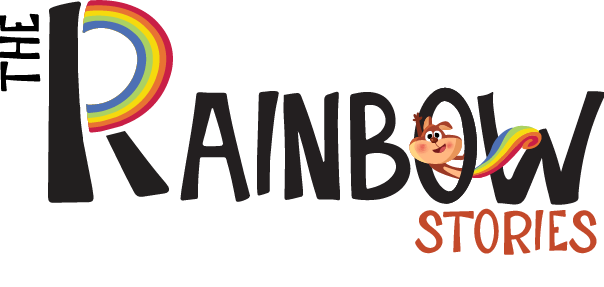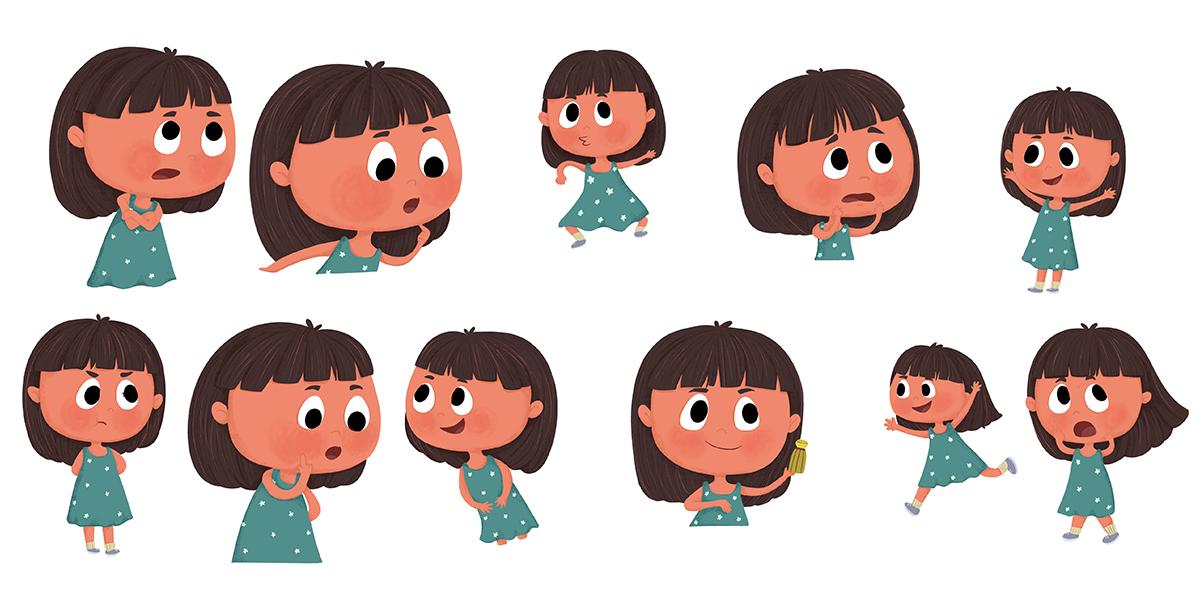In the world of fantasy books, the cover is the first bit of magic readers see. It can make someone pick up the book or leave it on the shelf. A fantasy book cover is more than just a way to sell the book it opens the door to a new world. It might show dragons, swords, magical forests, or stars in the sky. The cover should make people feel curious, excited, and full of wonder. If you are making a fantasy book cover whether you’re a writer, artist, or designer these simple tips will help you bring your magical idea to life.
How to Make a Fantasy Book Cover
A fantasy book cover is your chance to transport readers into another world before they even open the first page. It should reflect the magic, adventure, and imagination that defines your story. But creating a fantasy book cover requires more than just throwing together dragons or castles—it’s about capturing the essence of your story in a visually striking way. Here’s how to make a fantasy book cover that stands out.
Understand Your Story and Theme
Before designing, identify the key elements of your fantasy story. Is it an epic adventure, a magical romance, or a dark fantasy? The cover should visually communicate the tone, setting, and mood. Think about whether the story is whimsical, mysterious, or action-packed.
Choose the Right Imagery
Fantasy book covers often feature creatures, characters, magical objects, or fantastical landscapes. Select imagery that represents your story without overcrowding the design. A single striking element, like a mystical sword, a dragon, or a magical city, can make the cover more memorable.
Use an Effective Color Palette
Colors can set the mood for your fantasy world. Dark, moody tones work well for epic or dark fantasy, while bright, vibrant colors suit whimsical or high-adventure stories. Gradients, glows, or magical effects can also add depth and a sense of enchantment.
Select the Right Typography
The font you choose should match the fantasy theme. Ornate or mystical fonts work well for titles, but ensure they remain readable. Pair decorative fonts with simple, clean fonts for the author’s name or tagline to maintain balance.
Balance the Design
Avoid overcrowding the cover with too many elements. Ensure that your title, imagery, and author name are clearly visible. Leave some negative space to help the key elements stand out. A clean, organized layout makes the cover more professional and appealing.
Add a Touch of Magic
Fantasy covers benefit from subtle magical details. Light effects, sparkles, mist, or mystical symbols can make your cover feel alive and immersive. But remember, less is often more—use these effects strategically.
Make It Unique and Memorable
Finally, your cover should stand out among other fantasy books. Unique illustrations, unusual color combinations, or a creative concept can make your book instantly recognizable and intriguing to potential readers.
How Fantasy Book Cover Design Tips Bring Magic to Life
Fantasy book cover design tips help make the book look magical. They use bright colors, special fonts, and interesting pictures. A good book cover shows what the story is about and makes people want to read the book. It helps readers imagine the story before they open it.
If you want a professional touch, many designers offer book cover design services to create eye-catching and unique covers that perfectly match your story’s theme.
Understanding the Fantasy Genre
Before you start with design tips, it’s important to know about fantasy books for kids and the different kinds they have. These books often have magic, fun creatures, and exciting adventures. Different types of fantasy books for children have their own style and feeling that should show on the cover.
• High Fantasy: Like big magical worlds with heroes on quests.
• Urban Fantasy: Magic happens in the real world or cities.
• Dark Fantasy: A little spooky or mysterious, but for kids.
• Romantic Fantasy: Soft and gentle stories with warm colors and pretty lights.
Also Read:Benefits of Book Illustration Services
Key Elements of Fantasy Book Cover Design
Imagery: Fantasy book covers often feature fantastical creatures, landscapes, or characters. Use imagery that resonates with your story and captures the reader’s imagination.
Color Palette: Choose a color palette that reflects the mood and atmosphere of your story. Dark fantasy might feature dark, muted colors, while high fantasy might showcase brighter, more vibrant hues.
Typography: Select fonts that fit the genre and tone of your book. Fantasy book covers often feature elaborate, ornate fonts or bold, adventurous typography.
Composition: Balance the elements on your cover, ensuring that the main character or focal point stands out.
5 Best Fantasy Book Cover Design Tips
- Know Your Audience: A book cover is a promise to the reader. It should align with what the target audience expects and enjoys. For instance:
- Teen readers may be drawn to character-driven covers with bold colors and dynamic poses.
- Adult readers might favor more intricate, detailed artwork with darker themes or symbolic elements.
- Be Authentic: Ensure the cover accurately represents your story and genre.
- Use high quality images: Invest in high-quality images or illustrations that enhance the cover’s overall look.
- Experiment with Colors: Try different color palettes to find the one that best captures the mood and atmosphere of your story.
- Keep it Simple: Avoid cluttering the cover with too many elements; focus on the main character or focal point.
Also Read:Why Custom Illustration Services Make Your Book Stand Out
Popular Fantasy Book Cover Design Trends
- Epic Landscapes: Fantasy book covers often feature sweeping landscapes, towering mountains, or mystical forests.
- Mythical Creatures: Dragons, unicorns, and other mythical creatures are popular elements in fantasy book cover design.
- Heroic Characters: Strong, heroic characters are often featured on fantasy book covers, showcasing their bravery and determination.
- Mystical Symbols: Ancient runes, magical symbols, or mystical artifacts can add depth and intrigue to your cover design.
Tools for Fantasy Book Cover Design
- Adobe Photoshop: A powerful image editing software that allows for intricate design and manipulation.
- Canva: A user-friendly graphic design platform with a wide range of templates and design elements.
- Illustration Software: Tools like Adobe Illustrator or Procreate can help you create stunning illustrations for your cover.
What Are the Best Tips for Designing a Dark Fantasy Book Cover?
Dark fantasy is a genre that blends magic with grim, mysterious, or unsettling elements. A dark fantasy book cover should instantly convey the story’s eerie and adventurous atmosphere while drawing readers into a world of danger, magic, and intrigue. Here are essential tips to design an effective dark fantasy book cover.
Embrace a Dark Color Palette
Dark fantasy covers often rely on moody, muted colors like black, deep purples, dark blues, and blood reds. These colors evoke a sense of mystery, danger, and suspense. Subtle gradients or shadow effects can add depth and atmosphere to the design.
Choose the Right Imagery
Use imagery that reflects the dark fantasy theme. This can include haunted landscapes, ominous castles, mythical creatures, or mysterious characters. Avoid clutter—focus on one or two striking visual elements that convey the tone of the story.
Incorporate Dramatic Lighting
Lighting can create a sense of tension and mood. High contrast between shadows and highlights, glowing magical elements, or flickering lights can give your cover a cinematic and dramatic feel that fits the dark fantasy genre.
Use Appropriate Typography
Font choice is critical for a dark fantasy cover. Gothic, serif, or slightly distressed fonts work well for titles, adding a sense of antiquity or danger. Make sure the text remains readable even in smaller thumbnail sizes. Pair decorative fonts with simpler fonts for the author name or tagline.
Add Subtle Symbolism
Dark fantasy often thrives on symbolism. Include subtle elements like runes, magical symbols, or mystical artifacts that hint at the story’s themes. These details make the cover more intriguing and give fans a sense of the story’s depth.
Balance Simplicity and Detail
While dark fantasy covers can be detailed, too many elements can make the design chaotic. Focus on a central character, creature, or scene and allow negative space to keep the cover organized and visually appealing.
Create a Sense of Mystery
A good dark fantasy cover teases the story without revealing too much. Use shadows, fog, or partially hidden characters to create intrigue, encouraging readers to explore the book.
Conclusion
Designing a fantasy book cover is very important. It helps catch the reader’s eye and shows what the story is about. To make a great cover, learn about the fantasy genre, use strong design elements, and follow simple tips. Get feedback from others to see if your cover works well.
Be patient it may take time to get it right. Most of all, have fun with the process. Try different ideas and enjoy being creative. A good fantasy cover will make your book stand out and invite readers into your magical world. With The Rainbow Stories, you can get expert guidance and professional designs to bring your vision to life. Keep improving until it feels just right.
Frequently Ask Questions
What makes a fantasy book cover stand out?
A great fantasy book cover captures the story’s mood, features eye-catching imagery, and uses colors and typography that reflect the genre. Unique and memorable visuals help it stand out.
How do I choose the right colors for a fantasy book cover?
Colors should match the tone of your story. Bright, vibrant colors suit whimsical adventures, while darker shades work for epic or mysterious fantasy. Contrasting colors can also draw attention.
What kind of imagery works best for fantasy covers?
Fantasy covers often feature magical landscapes, mythical creatures, or key story elements like swords or enchanted objects. Focus on a few striking visuals rather than overcrowding the cover.
How important is typography in fantasy book covers?
Typography sets the tone and makes the title readable. Decorative or mystical fonts work well for fantasy, but readability should never be compromised, especially in thumbnails or online stores.
Can authors design their own fantasy book cover?
Yes, authors can design their own covers with the right tools and guidance, but for a polished, professional look—featuring a clear layout, suitable imagery, balanced colors, and genre-appropriate fonts—hiring an expert illustrator, like The Rainbow Stories, is often the best choice. They can create any fantasy book cover you want without any hassle.







